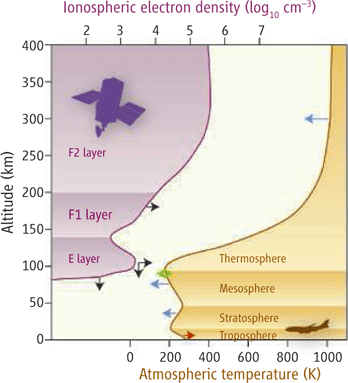I do this (self-diagnose) all the time, so it's a good thing I know better than to self-prescribe antibiotics (and don't have access to them in this country, anyway). I usually think I know what's wrong when I'm sick or feeling pain, so I decide for myself that I don't need to go to the doctor.
How do I make this decision, and
why do I make this decision so often?
Here's
HOW: Based on past experience, such as pain and symptoms that I have actually seen a real doctor about, and how the doctor treated the symptoms, I draw a conclusion about whether this is the same or a different ailment, and go from there. If it's the same, and it needs a prescription, I call the doctor. If it's different, I Google my symptoms and then decide whether I think I need to see a doctor.
Here's why this doesn't always work to my advantage: My memories aren't all that accurate. Heck, nobody's memories are all that accurate! I thought of writing about this because of reading a very interesting and
well-written article on teething symptoms and what they might really mean:
It turns out that when a mom sees the drooling and snottiness of a baby who's at the age where he/she might be teething, she says, "Ah, the baby's teething." But it often turns out that the baby is not teething right then. In fact, it sometimes turns out that the baby is really sick. Sometimes moms even think a fever is a sign of teething (it isn't, generally). So whatever illness the baby has goes undiagnosed and untreated. Or the mom tries some home remedy that doesn't help and may even make the baby feel worse or get sicker. Meanwhile the symptoms continue, or get less worrisome and then come back, and the mom is still not helping the baby.
Here's WHY I do it the way I do, in spite of the fact that I'm sometimes wrong:
First: I think my chances of being right are as good as the chances of being right are of whichever so-called "health care provider" available that day in my so-called "health maintenance organization."
Second: "First" is a purely chance function: which "advice nurse" I have the good
or bad luck of talking to that day and which doctor, physician's
assistant, or nurse practitioner is available.
Third: "First" and "Second" are partly functions of the time of day and the hours of the various clinics and after-hours care facilities operated by my HMO.
Fourth: Even the most highly trained among the various health care providers available in my HMO can make, and have made, mistakes.
Fifth: When I go for months through my HMO's gate-keeping system and the most ridiculous so-called "physical therapy" you can imagine before getting treated for a real and painful ailment, because they don't believe me in the first place so they refuse to have diagnostic X-rays and MRI's done, they have lost all credibility with me. (See "First.")
So, while I applaud the attempts of concerned public health officials and health care providers everywhere to ensure that people get good medical advice and treatment, I still generally do everything I can on my own before calling my HMO.
Don't worry: If I'm ever around a teething child, or any child or adult besides myself who is having a medical problem, I'll get some good medical advice. But as long as I'm not endangering anyone else by my self-diagnosis, I'm fine with it, generally, until I absolutely have to get outside help.

